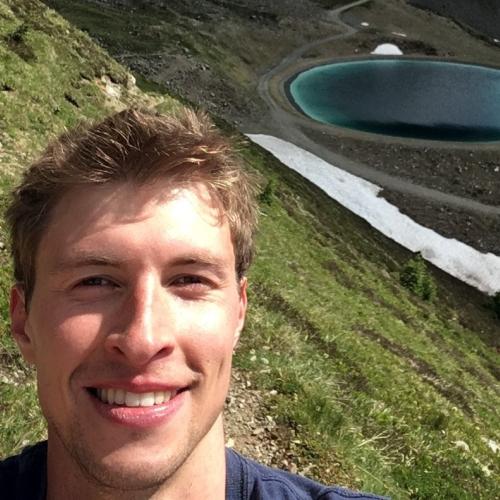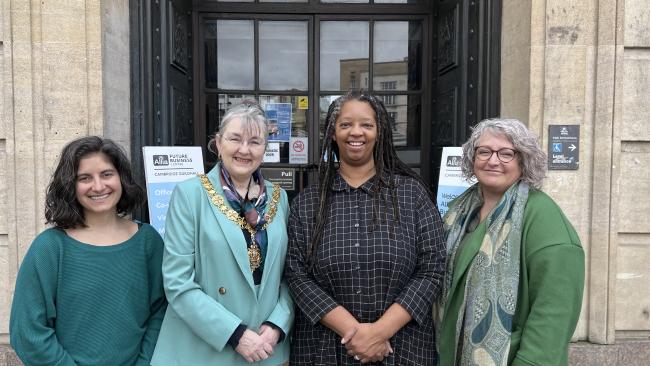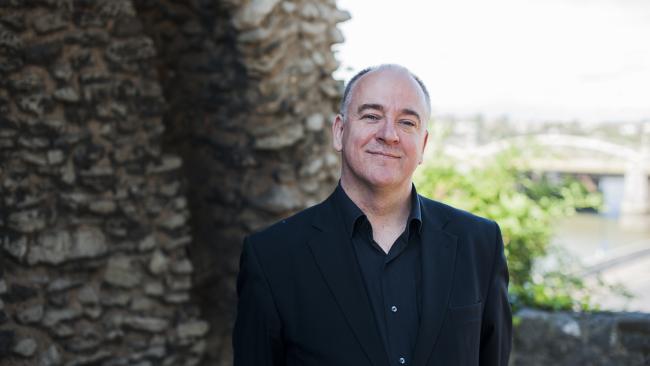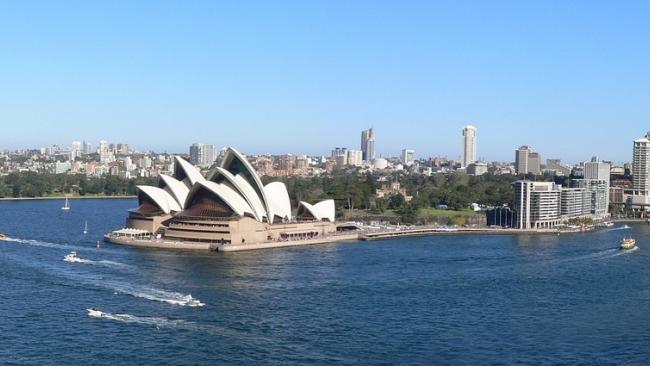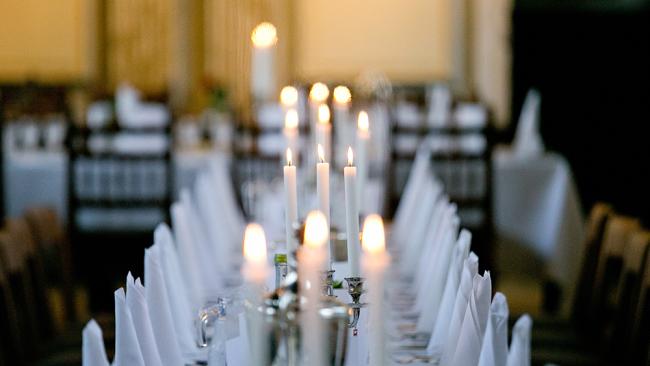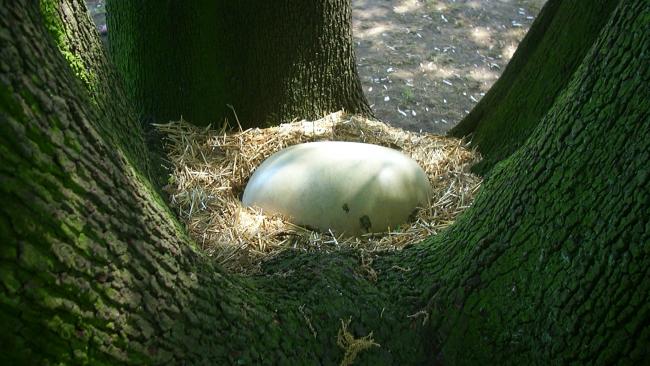
Eilis O’Connell
Work exhibited: Yield.
Eilis O’Connell’s sculptures can be found in a surprising assortment of locations; this is a result of the extraordinary number of public commissions she has received. Large scale installations can be seen in sites as diverse as Docklands and Kensington Gate in London, the Gateway in Cardiff, St Augustine’s Reach in Bristol, and many others.
This adaptability to different contexts is an index of the protean energy of her work and of its volatility in respect of forms and materials. She is also active across the whole gamut of scales of operation, often simultaneously, coaxing form out of small bundles of moss on the one hand, while taking the measure of towering constructions in steel and bronze on the other.
One thing that is particularly striking and original in her modus operandi is the way she scales up, often to monumental proportions, the effects of a literal dexterity. Even her very largest sculptures seem to magnify the activities of olding, creasing, tearing and twisting, ensuring the emergence of organising principles out of the work of two hands. The overwhelming impression is of a closeness to the materials, of the artist’s fascination with the process of manipulating the tools and media of her craft.
In a fairly extended group of recent works she has experimented with the weaving of steel cable of an industrial weight and rigidity. This paradoxical manoeuvre in the history of the distribution of artistic labour along gender lines overturns all the usual assumptions about the invisibility of women’s work (with various kinds of textiles) and the grandeur of male ambition.
One corollary of this interest in weaving with materials that are usually reserved for heavy industry is a concern with texture that is almost guaranteed to dislocate the expected relations of surface to underlying composition. Bronze is habitually given the appearance of the kind of interlaced material, especially basketwork, that archaeologists would associate with a Bronze Age culture; steel is constantly brought into proximity with the appearance of lengths of thread wound around a reel, suggesting the possibility of tightening and loosening the structure of this most intractable of the metals most commonly used in sculpture.
O’Connell is forever adding to her stock of resources unlooked for ways of deploying shapes, sizes, textures, materials, and methods of modelling and fabricating. Her art communicates the thrill of experimentation and discovery of a kind that has turned her oeuvre into a treasure trove of the unexpected.




